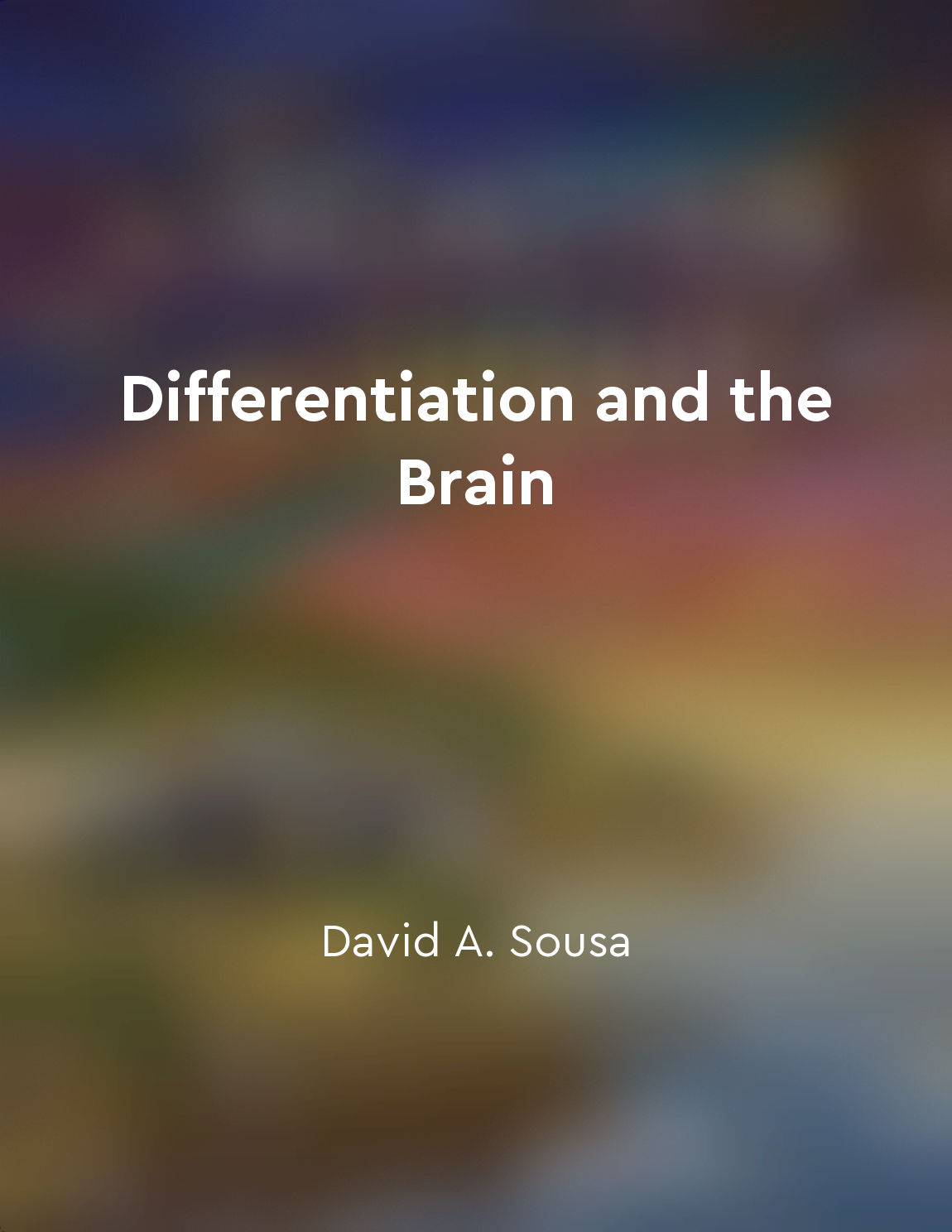Differentiate instruction to meet diverse learning needs from "summary" of Blended Learning in Action by Catlin R. Tucker,Tiffany Wycoff,Jason T. Green
To effectively meet the diverse learning needs of students, educators must differentiate their instruction. This involves tailoring the content, process, and product of learning to accommodate the individual needs and preferences of students. By doing so, educators can ensure that all learners have the opportunity to succeed and thrive in the classroom. One way to differentiate instruction is through the use of technology in a blended learning environment. Technology can be leveraged to provide students with personalized learning experiences that cater to their unique learning styles and abilities. For example, students can access online resources and tools that support their learning goals and interests, allowing them to work at their own pace and receive immediate feedback on their progress. Another strategy for differentiating instruction is to provide students with choice in how they demonstrate their understanding of the material. By offering a variety of assessment options, such as written essays, multimedia presentations, or verbal discussions, educators can empower students to showcase their knowledge in a way that best suits their strengths and preferences. This not only promotes student engagement and motivation but also allows for a more comprehensive assessment of student learning. Furthermore, educators can differentiate instruction by grouping students based on their readiness, interests, or learning styles. By forming small learning groups, teachers can provide targeted instruction and support to students who may benefit from additional scaffolding or extension activities. This approach allows educators to address the diverse needs of students within a single classroom setting, promoting inclusivity and equity in the learning environment.- Differentiating instruction to meet diverse learning needs is essential for creating a supportive and inclusive learning environment. By leveraging technology, providing choice in assessments, and grouping students based on their individual needs, educators can ensure that all students have the opportunity to succeed and reach their full potential. By prioritizing differentiation in their instructional practices, educators can foster a culture of personalized learning that celebrates the unique strengths and abilities of each student.
Similar Posts
Break down difficult problems into manageable steps for better understanding
When facing a challenging problem, it can be overwhelming to try to tackle it all at once. Breaking down difficult problems int...
Embracing a growth mindset to adapt and thrive
An individual must realize that in today's rapidly changing world, the ability to adapt and thrive is essential for success. Th...
Maximize instructional time
The concept of maximizing instructional time is a critical element in effective teaching. Every moment in the classroom is valu...

Adjusting instruction based on student needs is a crucial part of differentiation
To effectively differentiate instruction, educators must have a deep understanding of their students' individual needs. This re...
Increase student motivation through personalized learning experiences
The key to increasing student motivation lies in providing personalized learning experiences. When students feel a sense of own...
Emphasizing the importance of selfcare and work-life balance
In academia, the emphasis on self-care and work-life balance is often overlooked, with many faculty members feeling the pressur...
Foster connections between students, teachers, and content
To truly enhance student learning in a blended learning environment, it is essential to foster connections between students, te...

